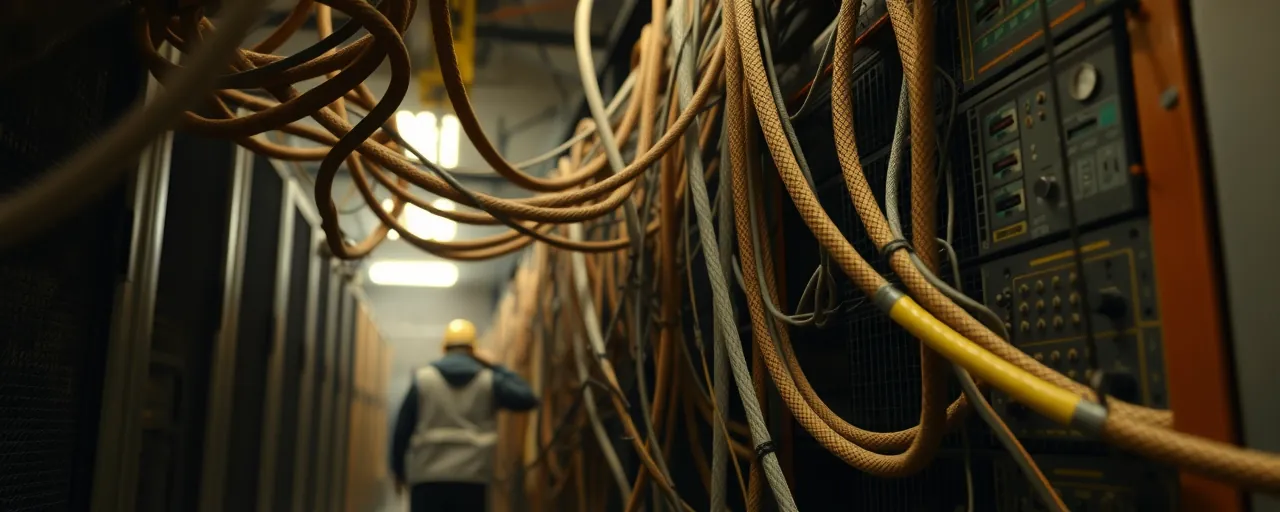Travel Shifts at Newark Airport
Newark Liberty International Airport is undergoing a major transformation, and travelers are feeling the effects. The Federal Aviation Administration has imposed strict flight limits to manage delays during critical runway construction. As of May 20, 2025, the airport is restricted to 28 arrivals and 28 departures per hour while repairs on Runway 4-Left/22-Right continue. After June 15, the cap increases to 34 arrivals and departures, extending through October.
For passengers, the change has created a ripple of uncertainty. Tighter flight schedules mean longer wait times or rerouted trips. The FAA, led by Acting Administrator Chris Rocheleau, emphasizes that these restrictions aim to prevent widespread delays caused by construction, staffing shortages, and aging equipment. The measures prioritize safety, but they also highlight the delicate balance between keeping flights on time and upgrading a busy hub.
Newark’s situation reflects broader challenges in the nation’s air travel system. With controller shortages and outdated infrastructure straining operations, the FAA’s decision to limit flights is a pragmatic move. Yet it leaves travelers and airlines navigating a complex web of adjustments, raising questions about how the industry will adapt.
Behind the Flight Restrictions
Several factors have converged to necessitate Newark’s flight caps. The ongoing construction of Runway 4-Left/22-Right, set to wrap up in mid-June with Saturday work continuing through December, has reduced the airport’s capacity. To avoid congestion, the FAA has limited operations. Compounding this, the Philadelphia TRACON, which manages Newark’s air traffic, faces a staffing shortfall. Only 22 certified controllers and five supervisors are on duty, well below the 38 needed for optimal performance.
Outdated technology has further complicated matters. Frequent outages from old copper telecommunications lines have disrupted air traffic control communications. In response, the FAA is installing three high-bandwidth fiber-optic connections between New York’s STARS system and Philadelphia TRACON. A new STARS hub in Philadelphia and a temporary backup system are also being deployed to enhance reliability. These upgrades aim to stabilize operations while addressing immediate bottlenecks.
Airlines, after discussions with the FAA, have adjusted their schedules to comply. However, with U.S. airline seat capacity up just 1.1% this year, according to industry data, every flight reduction at Newark strains an already tight system. Passengers may encounter higher fares or longer connections, while airlines face increased operational pressures.
A National Effort to Stabilize Air Travel
Newark’s flight limits are part of a larger push to strengthen the U.S. aviation system. The FAA has implemented measures like coordinating with major airlines to reduce schedules at busy hubs and issuing daily traffic flow plans through the Joint Air Traffic Operations Center to handle weather disruptions. Transportation Secretary Sean Duffy’s multi-billion-dollar modernization initiative, launched after a brief radar outage last year, seeks to upgrade air traffic control systems nationwide.
Congress has also taken action. Bipartisan hearings on FAA reauthorization examined progress on safety, staffing, and NextGen technologies. The Bipartisan Infrastructure Law has allocated over $332 million for airport improvements, including runways and controller training programs. Despite these efforts, staffing remains a challenge. With 285 of 313 control facilities understaffed, the FAA’s plan to hire 2,000 controllers by year-end faces a two-year training bottleneck.
Different groups have distinct priorities. Some policymakers advocate for efficient modernization through public-private partnerships, focusing on cost control. Others emphasize public investment to support workers and ensure equitable hiring practices. Both perspectives underscore the need for a reliable and safe aviation system, though their approaches to achieving it vary.
Looking Ahead for Travelers and Aviation
Travelers at Newark face immediate challenges. Fewer flights mean tighter schedules, and as a key hub, disruptions here can affect routes nationwide. The FAA has pledged to adjust the caps if capacity improves or tighten them if delays worsen, aiming to minimize inconvenience. These efforts seek to protect passengers from the risks of overcrowded runways and overburdened controllers.
The FAA’s investments in fiber-optic networks and controller training signal a long-term commitment to stability. However, modernizing 313 control facilities and 13,000 navigational aids is a daunting task. Supply chain constraints and funding gaps, despite $25 billion in infrastructure grants, pose ongoing hurdles. A 2023 government report highlighted 17 critical systems needing urgent upgrades, underscoring the scale of the challenge.
Newark’s flight restrictions capture a pivotal moment for U.S. aviation. With a record 54,000 daily flights expected this summer, the FAA’s ability to manage construction, staffing, and technology upgrades will define the travel experience. For now, travelers and airlines hope these changes pave the way for smoother, safer skies.
